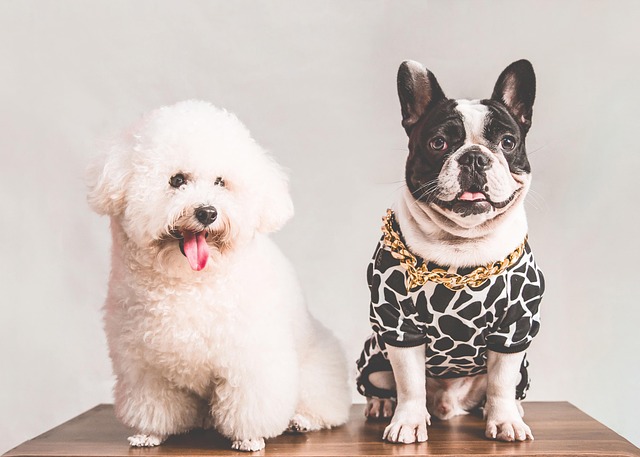
How to train a dog to socialize with other dogs?
Watching your dog tense up or bark at every other pup during walks can feel frustrating, but socialization doesn’t have to be a struggle—it just needs patience and the right approach.
You're playing on the floor with your new puppy, and what begins as gentle nibbling quickly escalates into a piranha-like attack on your hands, followed by a determined effort to demolish the furniture leg. This frustrating double-whammy of biting and chewing is the ultimate test of a new owner's patience. It's crucial to understand that both behaviors are biologically normal: biting is how they play and communicate, while chewing relieves teething pain and satisfies curiosity. Your goal isn't to eliminate these instincts but to channel them into appropriate outlets through smart, consistent guidance. This process is the foundation of managing puppy behavior effectively.
The science behind this approach is rooted in how puppies learn. They are hardwired to explore the world with their mouths and lack the self-control of adult dogs. Punitive reactions like yelling, holding their mouth shut, or rubbing their nose in a chewed item are not only culturally unacceptable in modern animal care but are scientifically counterproductive. These actions can damage your bond, create fear, and may even encourage more frantic mouthing. The evidence-based method uses positive reinforcement training to make the right choices rewarding. This works because puppies repeat behaviors that get them what they want (attention, play, relief from pain). By making toys more rewarding than your hands or furniture, you work with their natural instincts instead of against them.
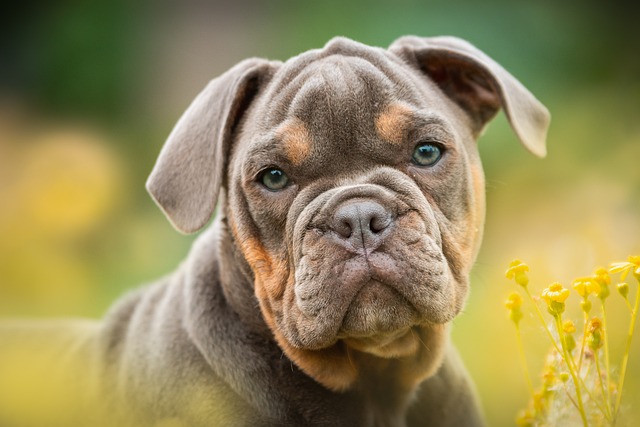
Your practical strategy is a consistent two-part system: interrupt and redirect. For biting, the moment teeth touch skin, let out a high-pitched "Yelp!" to signal pain, then immediately withdraw attention by standing up and turning away for 30 seconds. This teaches that biting ends play. For chewing, puppy-proof your home by removing temptations and using baby gates. Always have acceptable chew toys within reach—a variety of textures like frozen rubber toys and soft ropes works best. The instant your puppy mouths something inappropriate, calmly say "Oops," guide them to an approved toy, and lavish praise when they chew it. This consistent redirection is far more effective than any punishment.
Successfully guiding your puppy through this phase is a fundamental part of your journey toward responsible dog ownership. The patience you show now in teaching appropriate behavior will shape a well-mannered adult dog. This responsibility extends into your community. As you work on curbing biting and chewing, you must also ensure your puppy is meeting all healthcare mandates. Faithfully adhering to your local puppy vaccination schedule is a non-negotiable legal and ethical duty; it protects your pup and others from dangerous diseases like Parvo before they are fully immunized. Furthermore, a puppy that learns to channel its chewing onto appropriate toys is a quieter, less destructive neighbor—a key concern for apartment living where noise and damage can lead to complaints. And of course, as you take your pup out for essential exercise and socialization, you must always carry poop bags and clean up immediately. This is not just a courtesy; it is legally mandated in most U.S. cities and is a fundamental sign of respect for your community. Your calm, consistent guidance today builds a polite and welcome canine citizen for tomorrow.

Watching your dog tense up or bark at every other pup during walks can feel frustrating, but socialization doesn’t have to be a struggle—it just needs patience and the right approach.
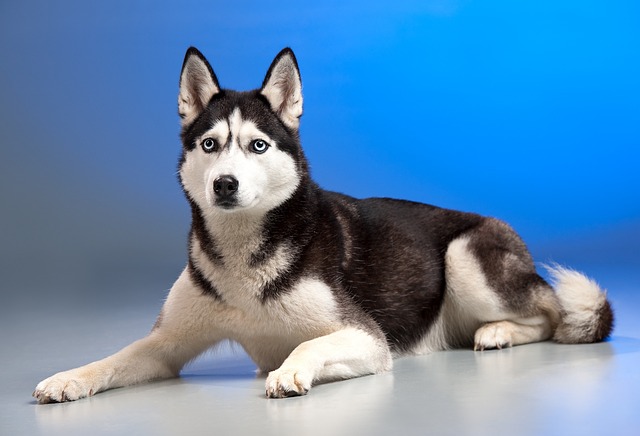
Watching your fluffy husky puppy clamp down on your hand during playtime might feel cute at first—until their sharp puppy teeth break the skin.
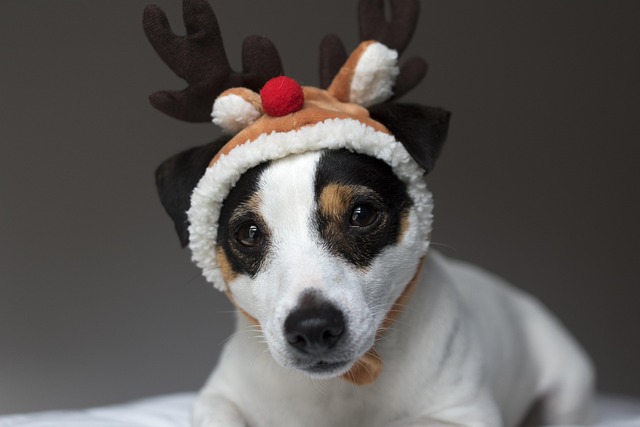
Finding a familiar pile on your front lawn or even inside near the door can be frustrating, especially if you’ve been trying to train your pup to go elsewhere.
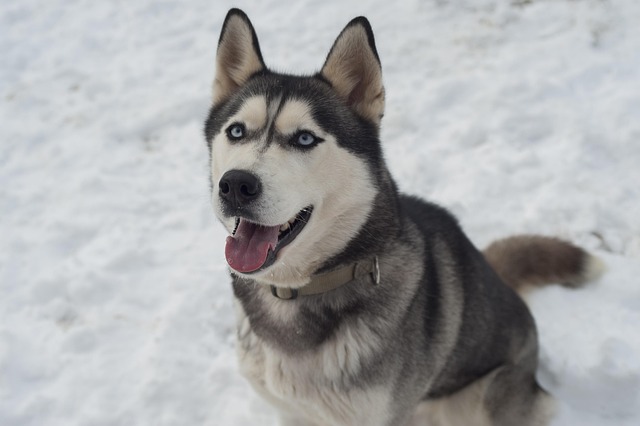
Finding puddles or messes on your carpet right after work is never fun—especially when you’re already juggling a busy schedule. The first step isn’t scolding your pup; dogs don’t connect punishment to old accidents.
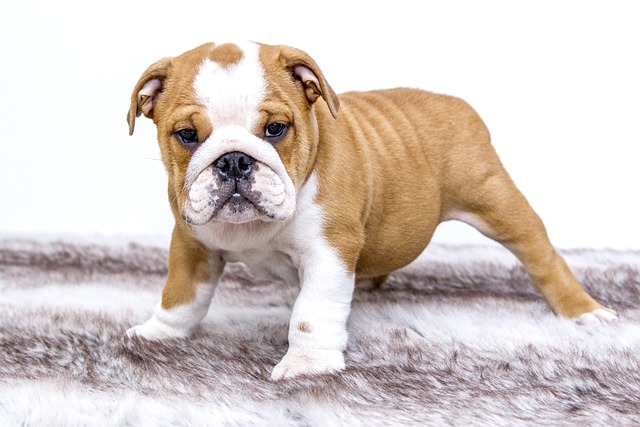
Picture this: you have your treat pouch on, ready for a training session, and both of your dogs are eagerly watching you.
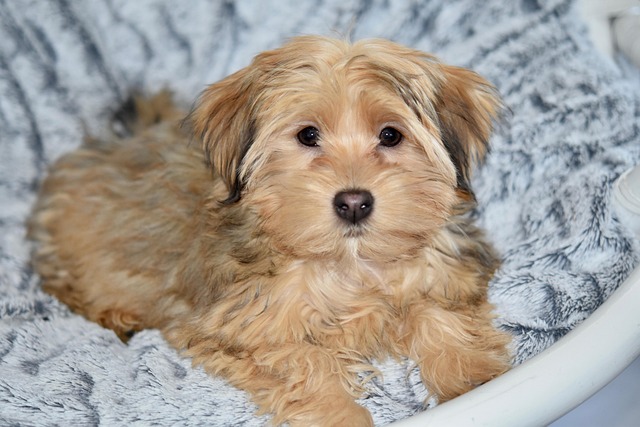
Yorkshire terrier puppies have tiny bladders, so sticking to a consistent schedule is key—try taking them out first thing in the morning, right after meals, and before bed.